
You might wonder, when were security cameras invented? The first surveillance cameras appeared in Russia during the 1920s. In 1942, Germany developed the first CCTV systems for military purposes, marking a significant milestone in surveillance history. The United States introduced public CCTV cameras in 1949, further advancing the technology. Recording capabilities were added in the 1950s, which played a crucial role in the evolution of security cameras. These key developments helped spread surveillance technology worldwide. The German military’s use of CCTV was a major breakthrough, and American innovations made security cameras practical and accessible for both businesses and homes.
Key Takeaways
- Security cameras were made in the 1920s in Soviet Russia. They were used by the government first. The first military CCTV system was made in Germany in 1942. It let people watch rocket launches from far away. In 1949, the United States started selling CCTV to the public. This made it possible for businesses and homes to use it. Today, security cameras use AI technology. This helps stop false alarms and keeps people safer. In the future, cameras will get even smarter. They will have clearer pictures and better privacy features.
When Were Security Cameras Invented
Early Surveillance Cameras in Russia
Have you ever wondered when security cameras were first made? The story starts in Soviet Russia in the late 1920s. Engineers wanted to watch over government buildings. They built big cameras that linked to TV screens. Leaders used these cameras to see visitors at the Kremlin. In 1927, Léon Theremin made one of the first closed-circuit systems for the Soviet Council of Labor and Defense. He showed this new technology to Joseph Stalin. Soon, the Kremlin used it to watch guests.
Did you know? Theremin’s system had a camera you moved by hand. It sent pictures wirelessly. The images had about one hundred lines, which was very good back then.
Here is a table showing when these early inventions happened:
| Year | Country | Event Description |
|---|---|---|
| 1927 | Soviet Russia | First time surveillance cameras were used during Stalin’s rule. |
| 1927 | Soviet Russia | Léon Theremin made a closed-circuit system for the Kremlin. |
These early cctv systems were huge and needed many people to run them. They used cathode-ray tube technology to show and send pictures. You could only use them to watch things live. They did not save any video. Most people used them for government or factories, not for homes or stores.
German Military CCTV Systems
When did security cameras get used by the military? In 1942, Germany made a big change. Engineer Walter Bruch built the first closed-circuit television system for the German Army. The military used these cameras to watch V-2 rocket launches from far away. This helped keep soldiers safe. It also let them study rocket flights without leaving their bunkers.
Here is a quick look at how German and Russian systems were different:
| Feature | German Military CCTV | Earlier Russian Surveillance Cameras |
|---|---|---|
| Purpose | Watching rocket launches | Watching visitors at the Kremlin |
| Technology | Remote viewing, more advanced | Simple closed-circuit setup |
| Functionality | Tracking rocket paths | Basic watching |
German cameras had better features. They could follow moving things, which was important for rocket tests. These early cctv systems were not for regular people. Only the military used them. They did not record video.
Tip: Siemens AG put the first German CCTV system at Test Stand VII in Peenemünde. This was a big step forward for surveillance technology.
Commercialization in America
When did security cameras become common for everyone? The United States made this happen in 1949. Vericon made the first commercial closed-circuit television system. Businesses started using these cameras to keep their property safe. By 1968, Olean, New York, was the first city to put security cameras on its main street. Police could watch live video at the station. This helped them act fast when something happened.
Here is a table showing important moments in American security camera history:
| Year | Event Description |
|---|---|
| 1949 | Vericon made the first commercial CCTV system. |
| 1968 | Olean, NY, put cameras on Main Street, showing video to police. |
Early American systems used cameras that did not move and showed black-and-white pictures. You could only see live video. The cameras looked at one spot all the time. Security guards had to watch screens because there was no way to save video. As crime in cities went up, more places started using security cameras.
Note: People wanted better safety and faster help, so security cameras spread to public places.
When were security cameras invented? Now you know Russia, Germany, and the United States all helped make early cctv systems. These inventions changed how people protected important places and shaped the future of surveillance.
History and Evolution of Security Cameras

The story of security cameras shows how technology changed safety. Each new step made cameras smarter and easier to use. Cameras also became clearer over time. Let’s look at how surveillance cameras went from simple systems to modern ones.
Analog to Digital Transition
At first, most security cameras used analog technology. These cameras sent video through cables to a monitor. You could only watch live video. The picture was often blurry. In the 1970s, VCRs let people record and play video. This was a big change for surveillance cameras.
Later, digital cameras started to replace analog ones. Digital cameras use sensors to take pictures. The images are much sharper. They turn pictures into digital data. This makes it easy to save and send video. This change was a big step for video surveillance. Now, you can manage footage better and see clearer images.
Here are some important moments in surveillance camera history:
- 1942: First security camera used for rocket launches.
- 1950s-60s: Commercial CCTV systems appear.
- 1960s: Marie Van Brittan Brown invents the first home security system.
- 1970s: VCRs allow recording of footage.
- 1980s: Multiplexing lets you view multiple cameras on one screen.
- 1990s: IP cameras and remote access change surveillance.
- 21st Century: AI-powered cameras and cloud storage arrive.
Tip: Moving from analog to digital made surveillance systems better. You can now save more video and find footage faster. Images are much clearer too.
Color, HD, and Wireless Advances
The next big change came with color video and HD technology. Early cameras only showed black-and-white pictures. Color cameras helped you see more details. It became easier to spot people or things.
HD cameras made things even better. Now, cameras can show 720p, 1080p, 2K, or 4K images. These sharp pictures help you see faces and license plates. In 2022, the 4K camera market reached $1.8 billion. People wanted clearer video and better night vision.
Wireless technology also made a big difference. You do not need long cables anymore. Wireless and battery-powered cameras can go almost anywhere. These cameras work even when the power goes out.
Here is a table showing some important advances:
| Advancement Type | Description |
|---|---|
| High-Resolution Imaging | Cameras now offer 4K resolution and beyond, providing incredibly detailed footage crucial for identifying features. |
| Wireless Technology | Wireless and battery-powered cameras allow for flexible installation and continuous operation during power outages. |
| Enhanced Night Vision | Modern cameras with infrared LEDs and low-light sensors capture clear footage in darkness, ensuring 24/7 surveillance. |
These changes made modern surveillance systems better and easier to use. More people want smart home technology. Many choose wireless, high-definition cameras for their homes.
Internet and IP Surveillance Cameras
The biggest change came with Internet Protocol (IP) cameras. These cameras connect to your network. You can watch live video from anywhere. Use your phone, tablet, or computer to check your cameras.
IP cameras have many new features. You get low-light viewing and license plate recognition. Some cameras use AI to spot objects. Cloud video solutions let you save footage online. Edge computing helps process data faster. Multi-sensor cameras help cover more areas.
Here is a chart showing how IP camera sales grew while analog camera sales dropped:

More people buy IP cameras every year. These systems let you watch in real time. They help spot threats and reduce false alarms. The story of surveillance cameras shows how new technology made security smarter.
Note: Today, you get features like AI analytics and remote access. You can connect cameras with other smart devices. Security cameras keep getting better, making your world safer.
Modern Security Cameras

AI and Smart Features
Today, security cameras do more than just record. They use artificial intelligence to help keep you safe. These cameras can tell if something is a person, car, or pet. This means you get fewer wrong alerts. You only get messages when something important happens. You do not need to watch the camera all day. The camera does most of the work for you.
Here are some ways AI and smart features help:
- AI can stop almost all false alarms.
- Smart cameras send alerts only for real events.
- Deep learning lets cameras spot people and cars.
- You can use your phone to control smart devices.
- Special sensors give clear pictures, even at night.
- Color night vision helps you see details in the dark.
These new tools help you act fast and protect your things. Digital technology has made cameras smarter and more trustworthy than before.
Botslab Advanced AI Tech W510
The Botslab Advanced AI Tech 4K Battery 4-Cam System W510 shows how much cameras have changed. You get very clear 4K video, so you see every detail. The system uses smart AI to spot people, cars, and pets. Color night vision gives you bright pictures at any time.
Let’s see how Botslab W510 is different from older cameras:
| Feature | Botslab W510 | Earlier Technologies |
|---|---|---|
| AI Features | Smart recognition | Limited or no AI |
| Night Vision | Color night vision | Infrared only |
| False Alarm Reduction | High accuracy | Higher false alarms |
| Video Quality | 4K Ultra HD | Limited resolution |
| Wireless Functionality | Yes | No |
| Local Storage | Up to 16TB, no fees | Often limited, costly |
| Eco-Friendly Design | Solar panel, battery | Wired, less efficient |
You can put the Botslab W510 anywhere because it does not need wires. It saves video on its own, so you do not pay extra fees. Its solar panel and battery help it work all day. With these high-quality and wireless cameras, you get the best new security tools. Botslab makes cameras easy to use and strong for homes or businesses.
Impact and Future of Surveillance Cameras
Crime Prevention and Public Safety
Surveillance cameras help people feel safer in their neighborhoods. Many cities use cctv to watch busy streets and public spaces. These cameras can stop some crimes before they happen. When you see a camera, you know someone is watching. Criminals often stay away from places with cameras. In Chicago, every dollar spent on cameras saved the city $4.30. Police in San Francisco saw property crime drop by 20% after adding street cameras. Montevideo also had a 20% drop in crime where cctv was used.
| Study/Source | Findings |
|---|---|
| Chicago Study | $4.30 saved for every $1 spent on cameras, totaling $815,000 saved monthly. |
| University of North Carolina Study | Over 50% of surveyed criminals cited security cameras as the top deterrent. |
| U.S. Department of Justice Review | Significant and modest decrease in crime linked to security cameras, with active monitoring being more effective. |
| San Francisco Initiative | 20% reduction in property crime due to street surveillance cameras. |
| Montevideo Study | 20% decrease in crime rates in camera-monitored areas. |
Cctv works in many different places. The London Underground and Stockholm Subway had fewer thefts after cameras were installed. In Orange County, New Jersey, cctv led to a 50% drop in all types of crime. Car parking lots with cctv saw crime go down by 51%. The Chicago Transit Authority had 32% fewer robberies.

Surveillance cameras help police catch people who break the law. For example, a dealership used cctv to arrest someone trying to break in. Remote monitoring at a building site stopped a theft before it happened. Homes with a home security system are 300% less likely to be robbed. These real-life stories show how security cameras make a difference.
Privacy and Ethical Issues
You might worry about privacy when you see cameras everywhere. Some people do not know they are being watched. They cannot choose to say no. This brings up questions about consent. Big data from cctv means you may lose control over your information. Who owns your data? Surveillance can affect your right to privacy. Many experts say we need stronger laws to protect privacy. Oversight and rules help stop unfair profiling. Some cities want to limit cameras in certain places and train police to use them fairly.
- Consent: People often do not know they are being monitored.
- Information Ownership: You may lose control over your personal data.
- Right to Privacy: Surveillance can challenge privacy rights.
In Japan, most people accept cameras in their communities. When people work together, cctv is more helpful. Community support makes everyone safer.
Future Trends
The future of video surveillance systems looks exciting. You will see clearer pictures and better object recognition. Hardware will last longer. Software updates will keep cameras safe from hackers. AI and machine learning will help cameras spot problems right away. You will get alerts for strange things without watching all the time. Video analytics will track movement and find packages. Data security will get better with encryption and local storage.
- Cloud storage lets you see video from anywhere.
- Edge computing makes cameras faster by processing data nearby.
- Local processing protects your privacy before sending data to the cloud.
- AI programs will help cameras find problems quickly.
- Automated alerts will help you act fast.
Experts think smart home security system cameras will grow a lot. The smart home security camera market could reach $61 billion by 2034. The AI camera market may reach $47 billion by 2030. These trends show that cameras will keep getting smarter and safer. The future of video surveillance will focus on better technology and stronger privacy.
You have learned how security cameras changed safety for homes and businesses. Everything started with the first cctv systems in the 1940s. The first military security camera system was a big change. Later, new ideas like home security patents and IP cameras made technology smarter. Now, Botslab’s W510 brings AI and eco-friendly features to your life. Knowing how security cameras were invented helps you see their effect on society and technology.
FAQ
What is the difference between analog and digital security cameras?
Analog cameras send video using cables to a screen. Digital cameras use sensors and save video as data. Digital cameras show clearer pictures and make it easier to find videos.
How does AI help security cameras work better?
AI helps cameras tell if it sees a person, car, or pet. You get fewer wrong alerts. The camera only sends a message when something important happens.
Can you install a security camera without wires?
You can put wireless cameras almost anywhere you want. Battery and solar-powered models like Botslab W510 do not need wires.
Do security cameras record at night?
Most new cameras use infrared or color night vision. You can see clear video even when it is dark. Botslab W510 uses color night vision for sharp pictures at night.
Are there monthly fees for storing video from security cameras?
You do not have to pay monthly fees with local storage. Botslab W510 saves video on its HomeBase, and you can add more space up to 16TB.



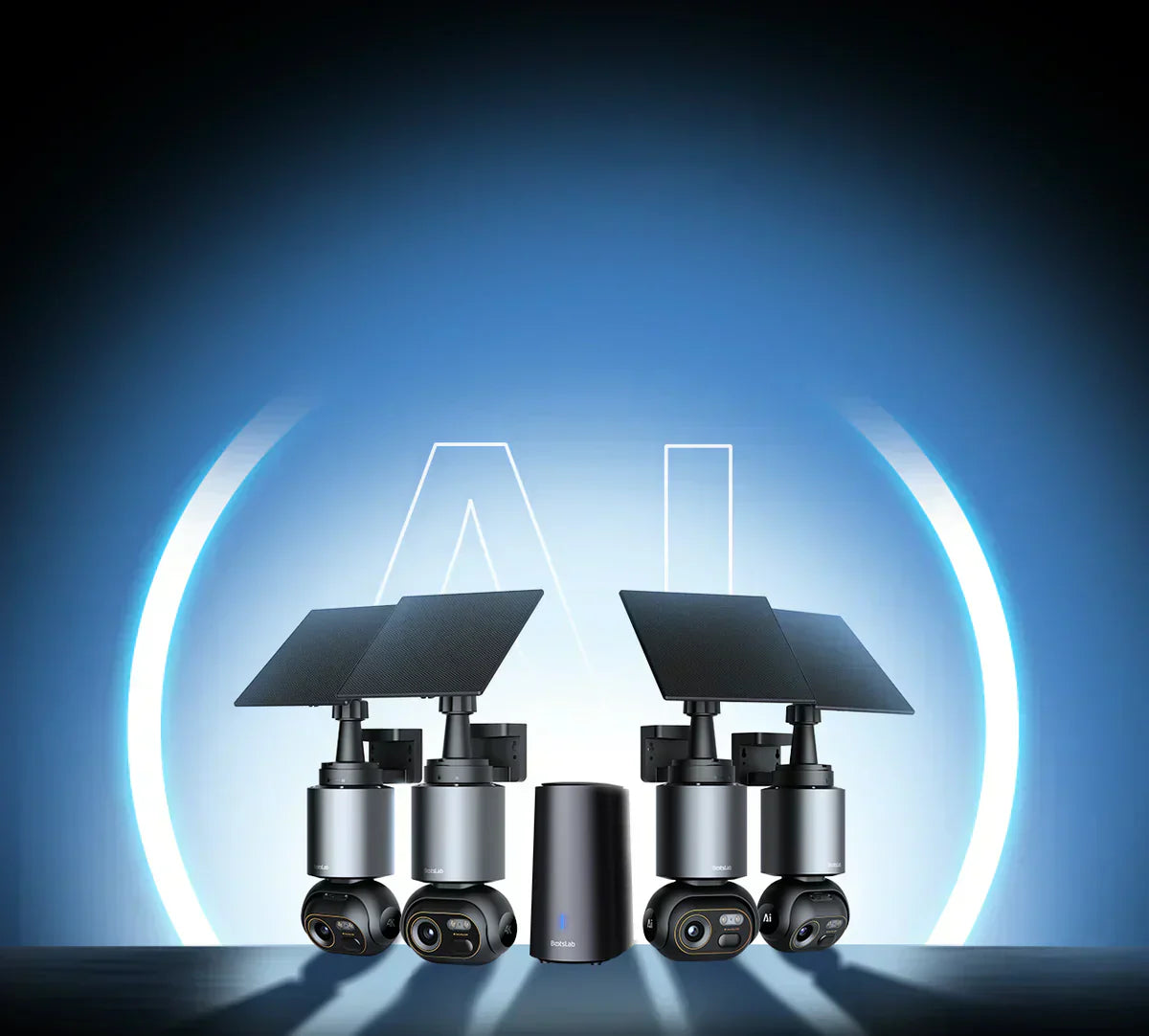
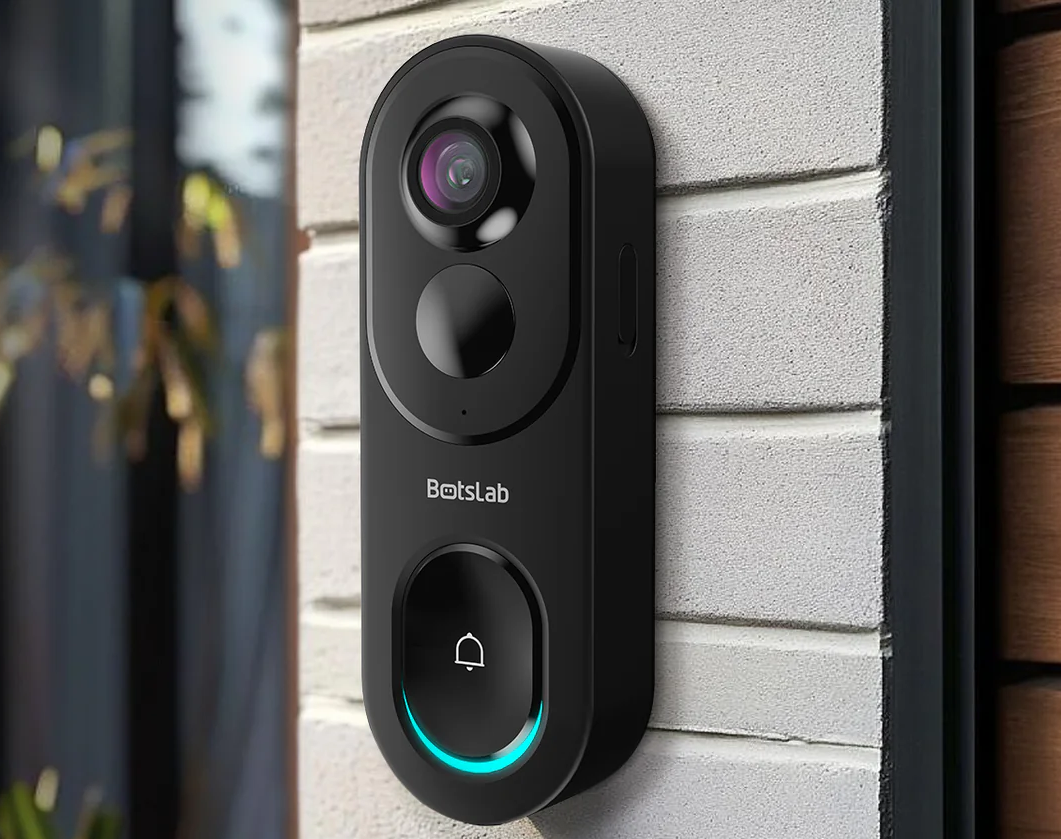
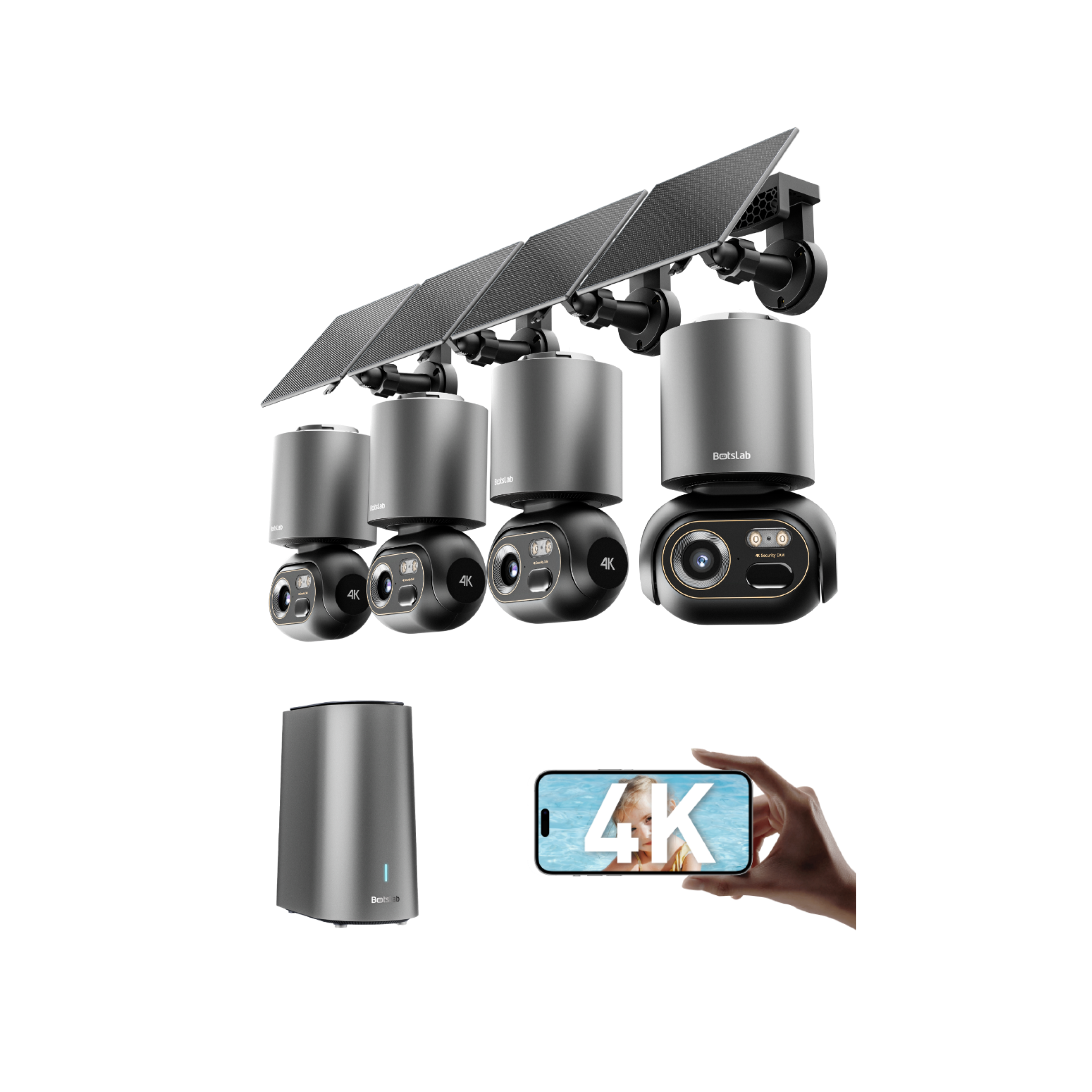

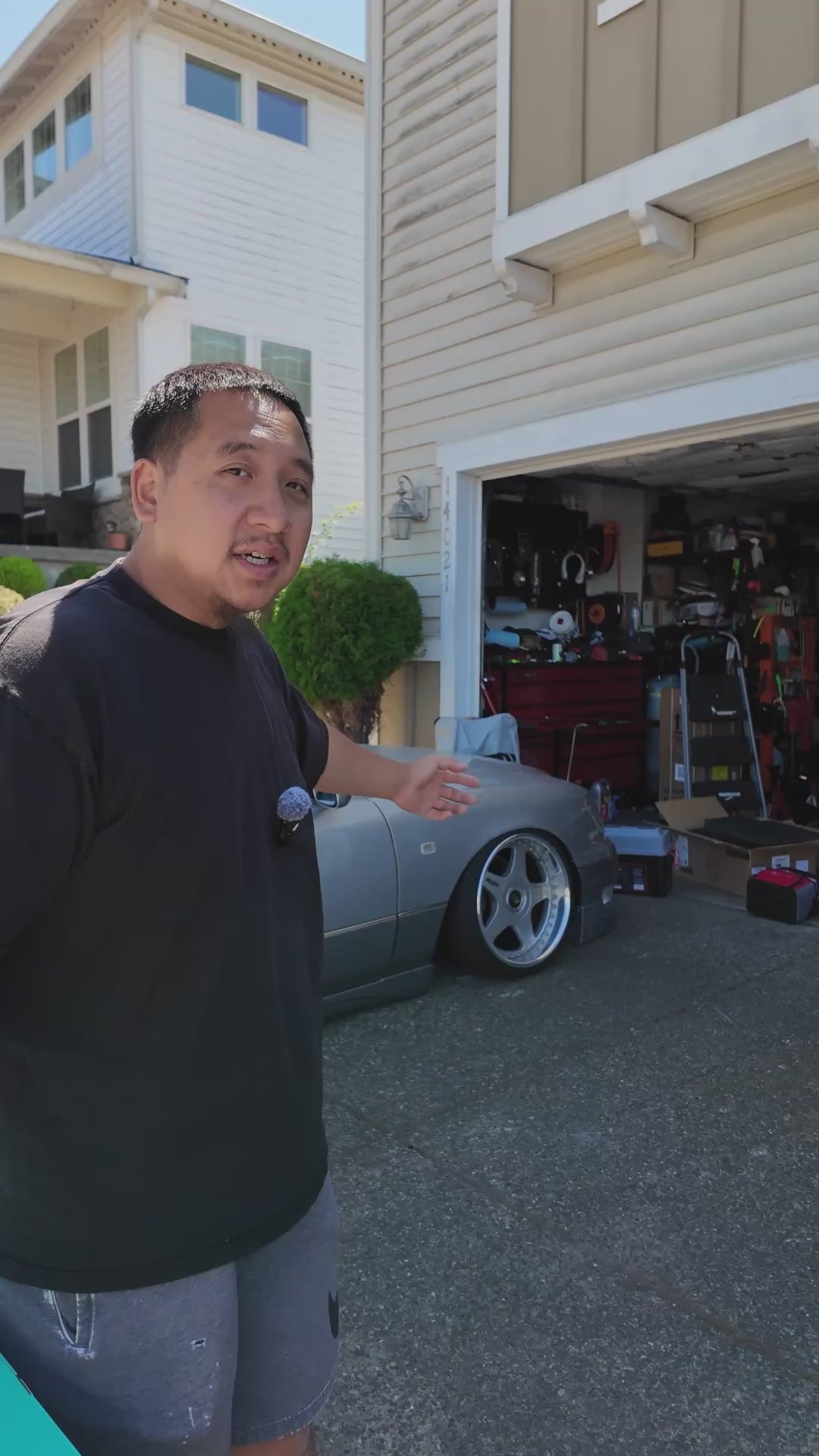
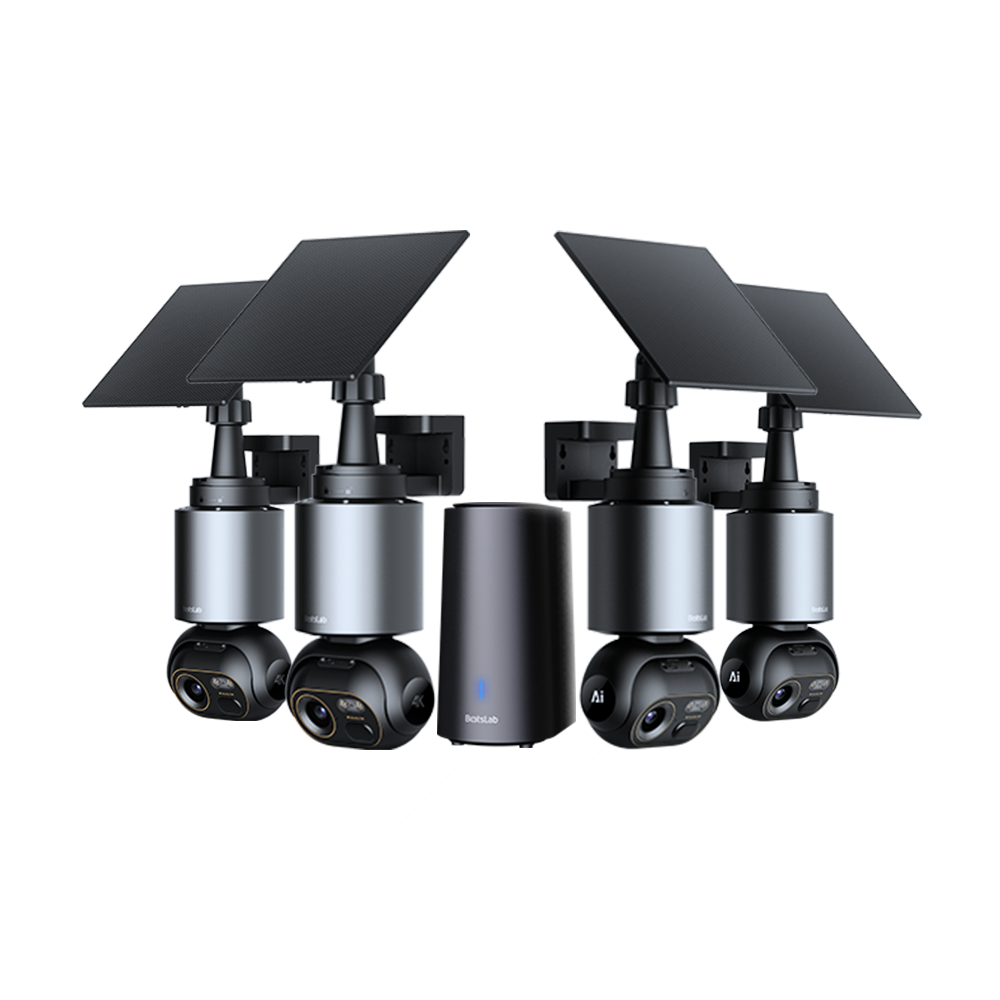




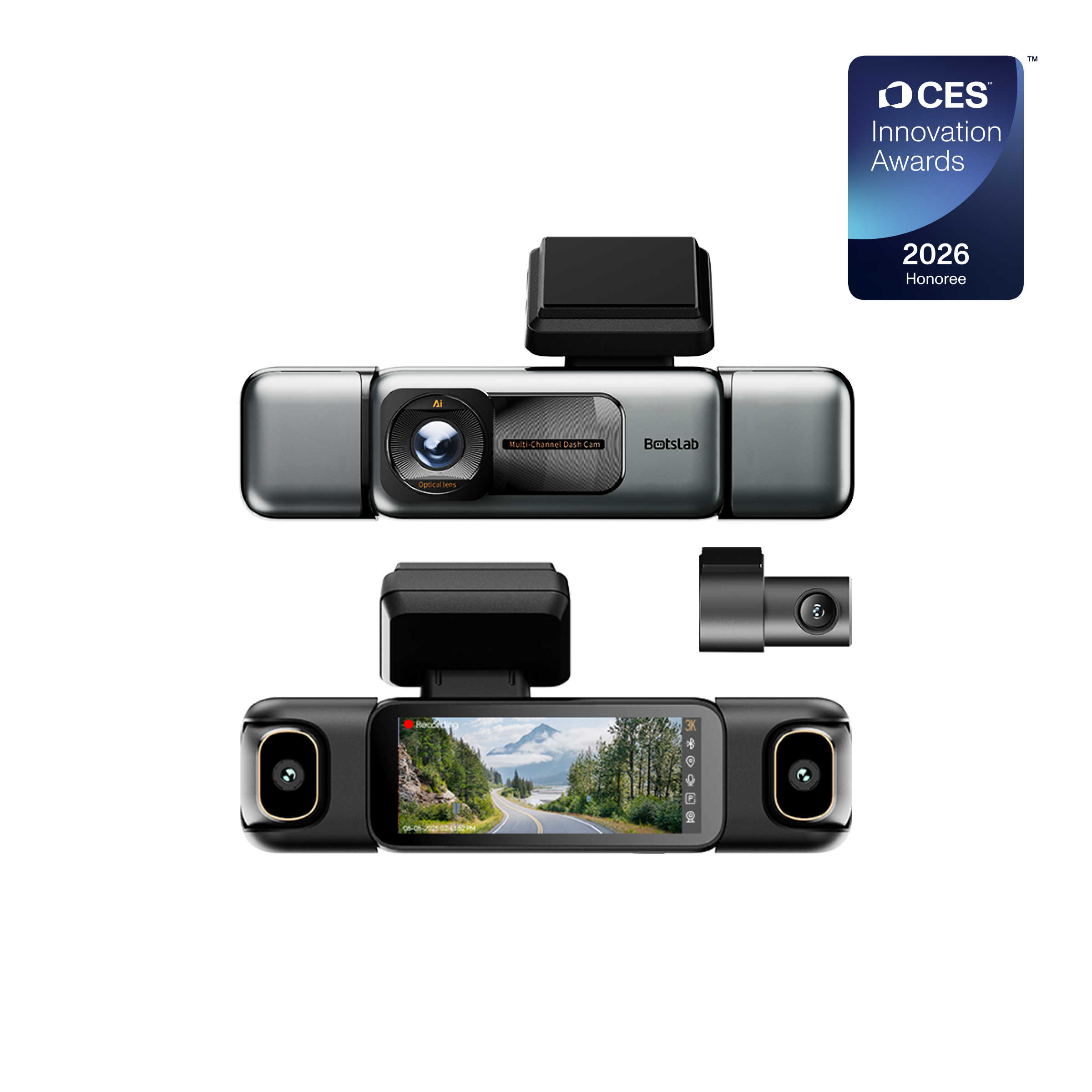
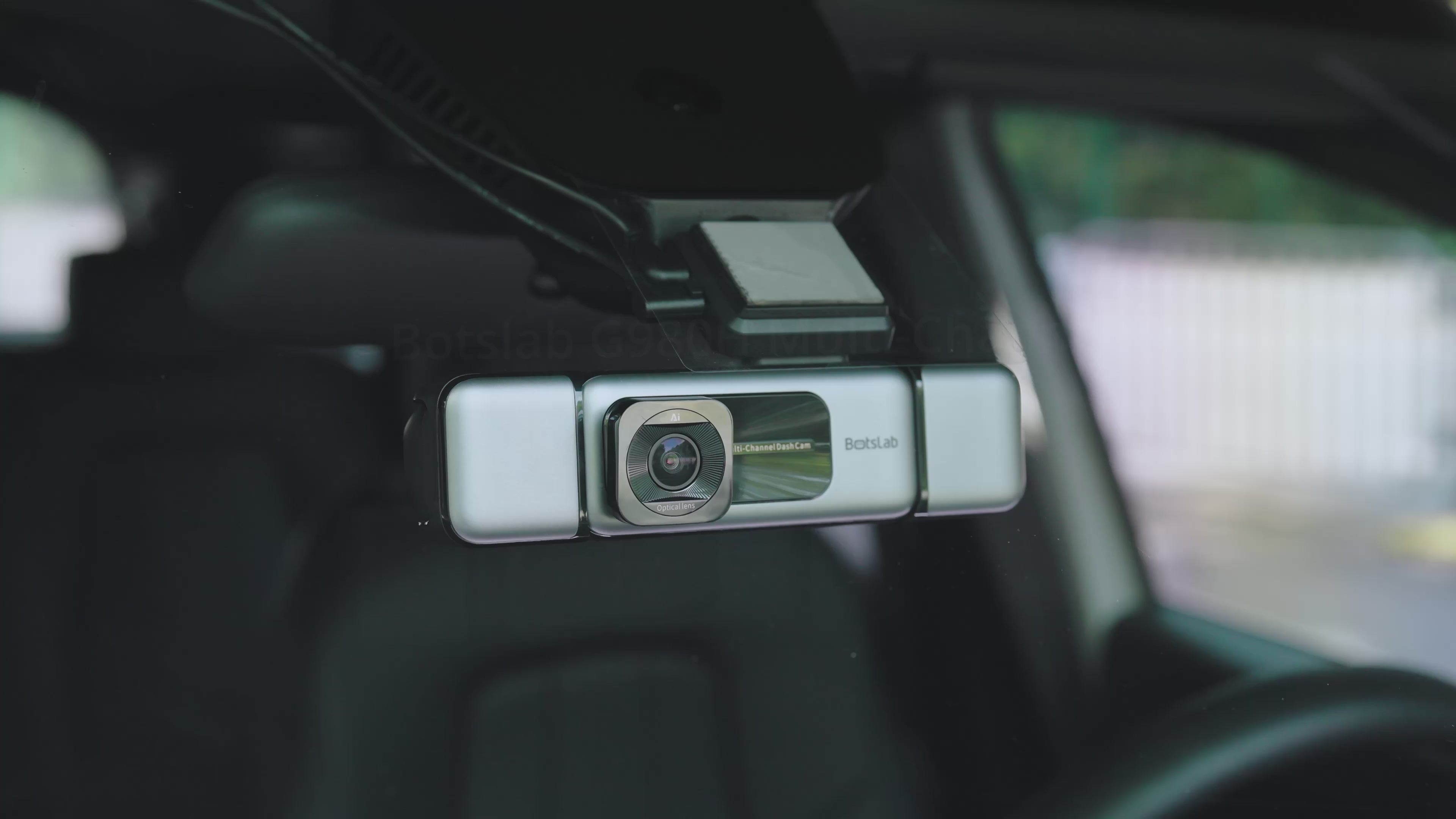
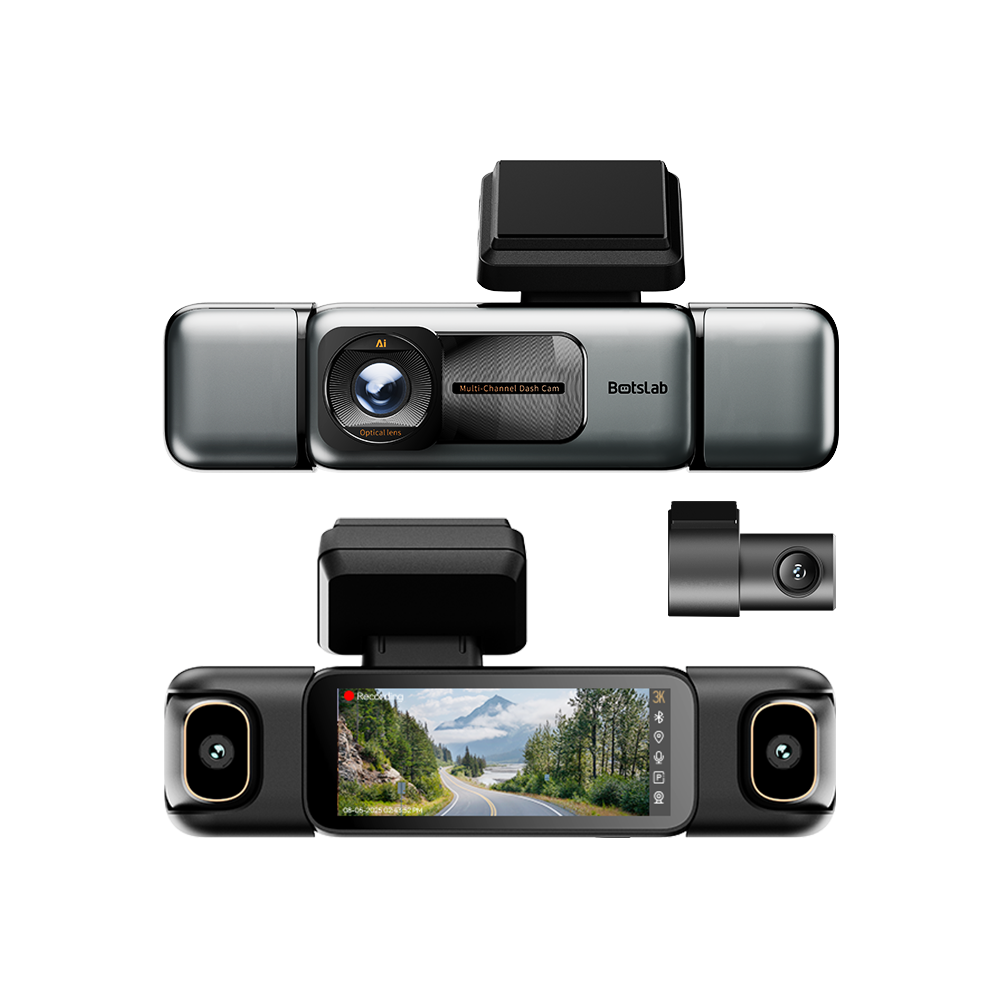
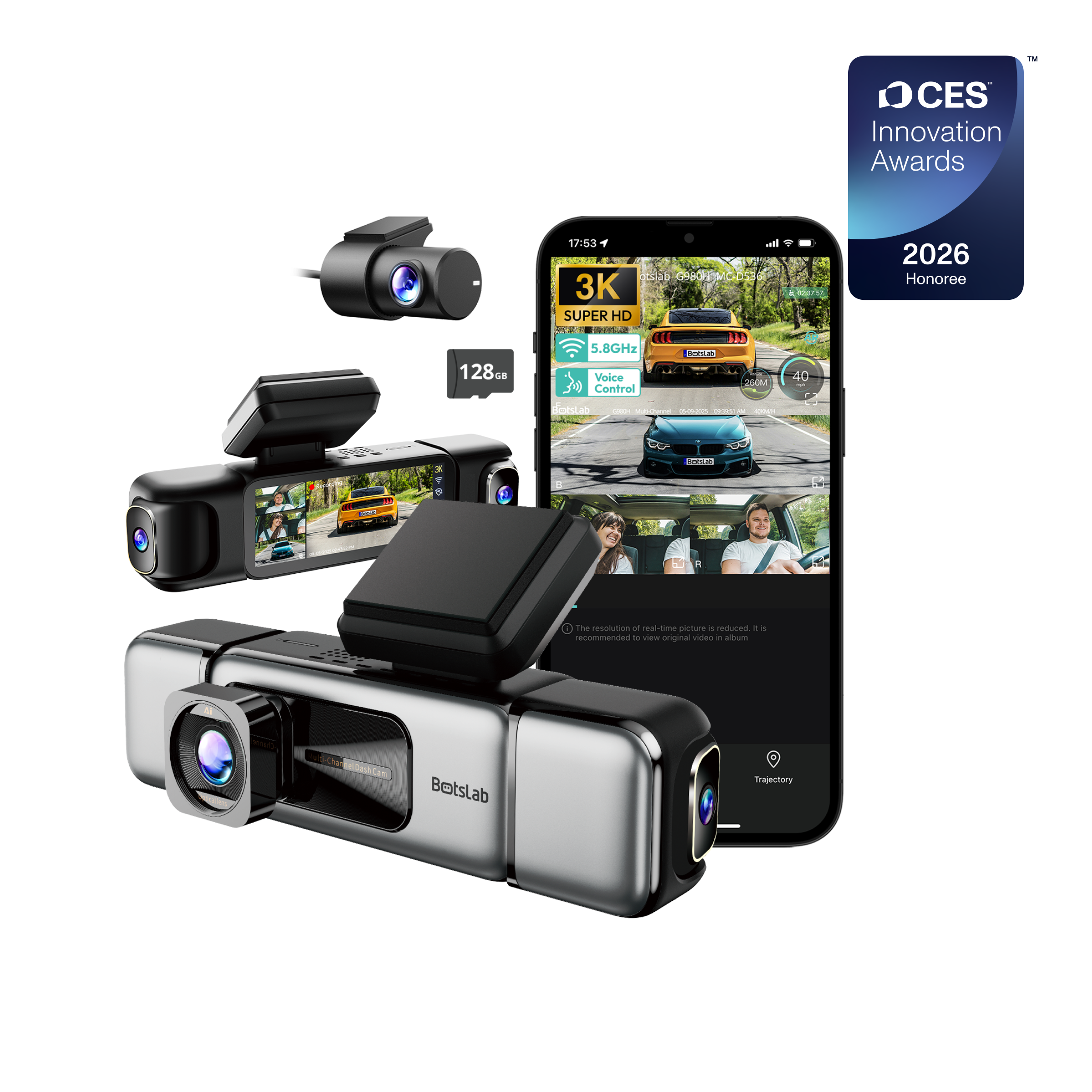
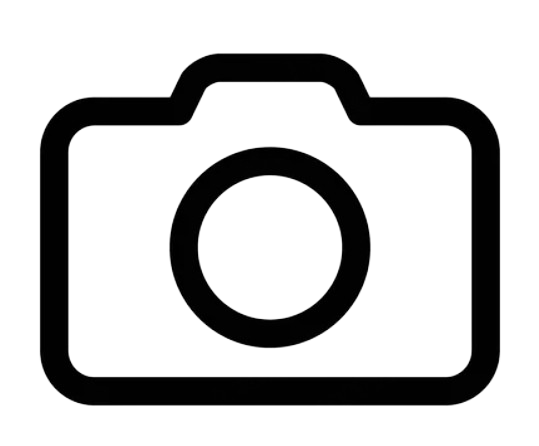

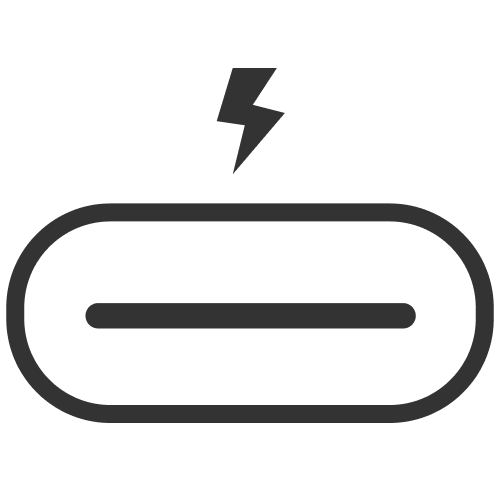
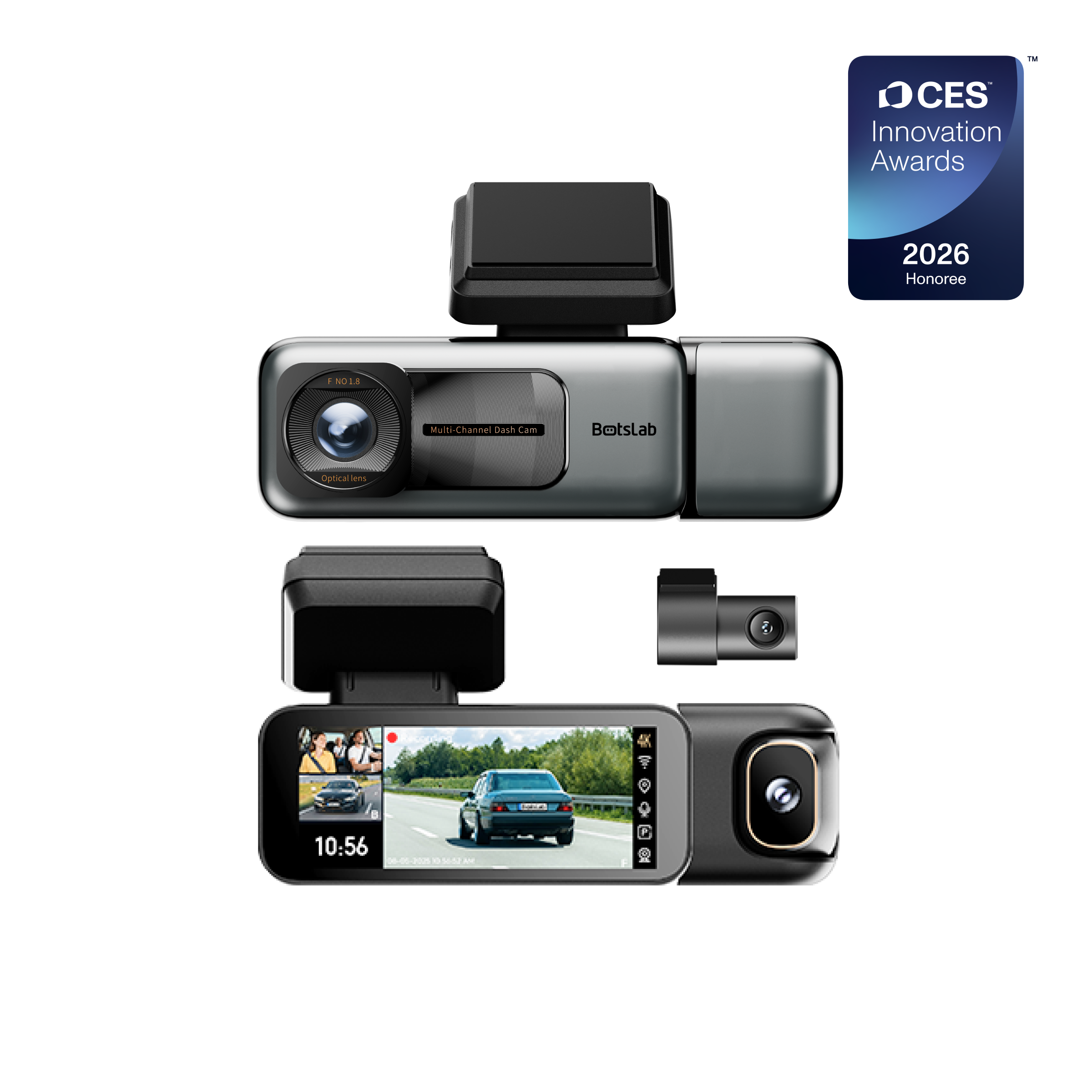
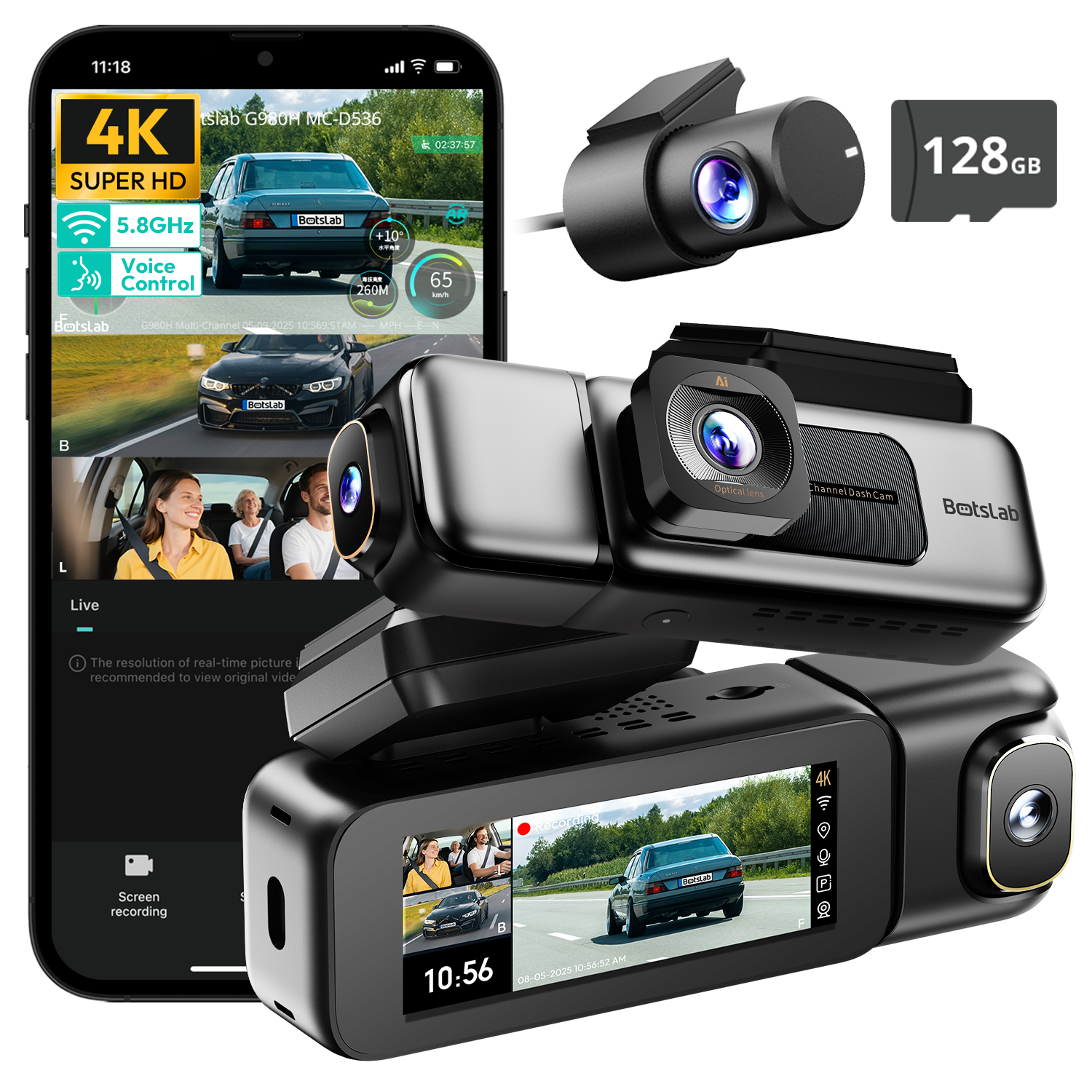
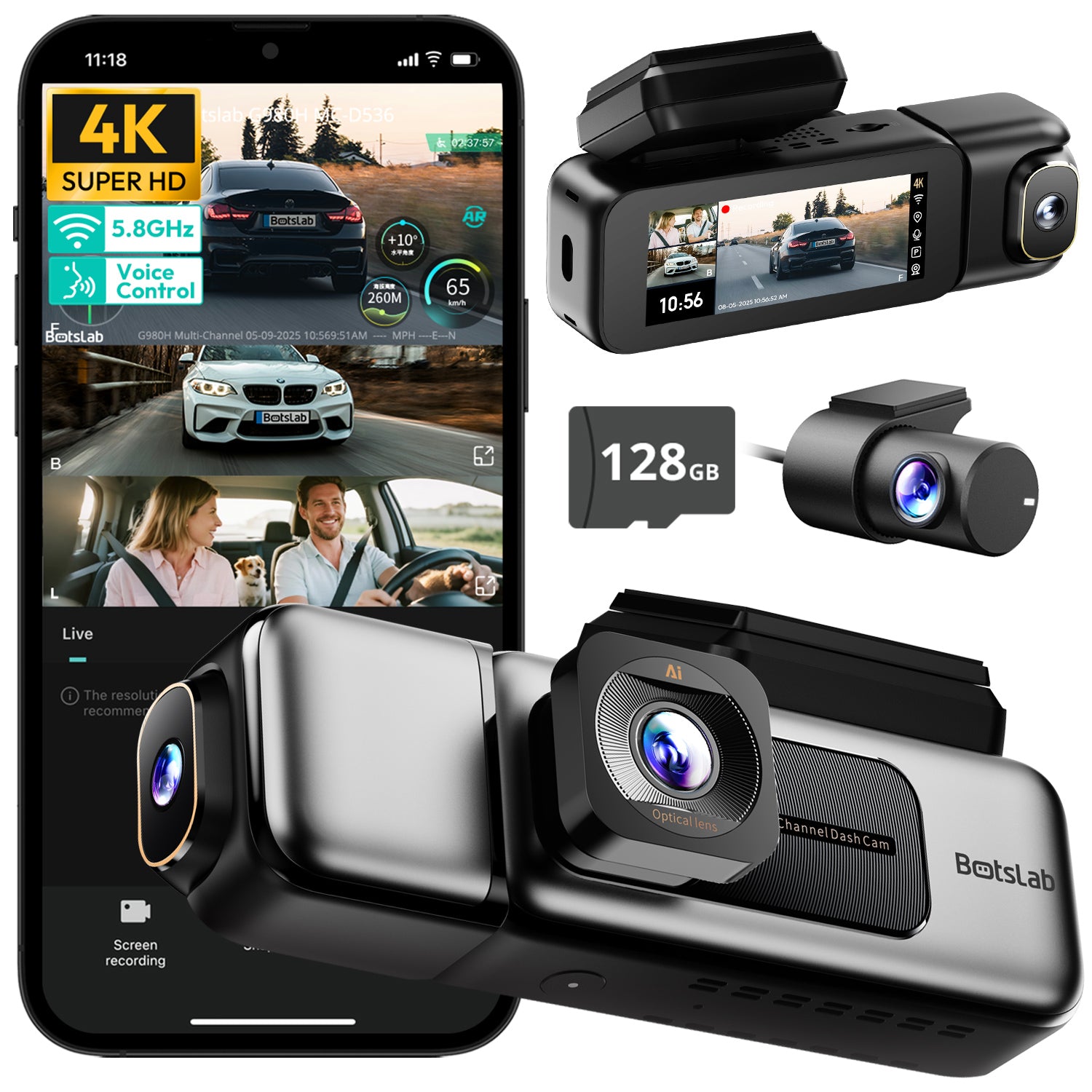
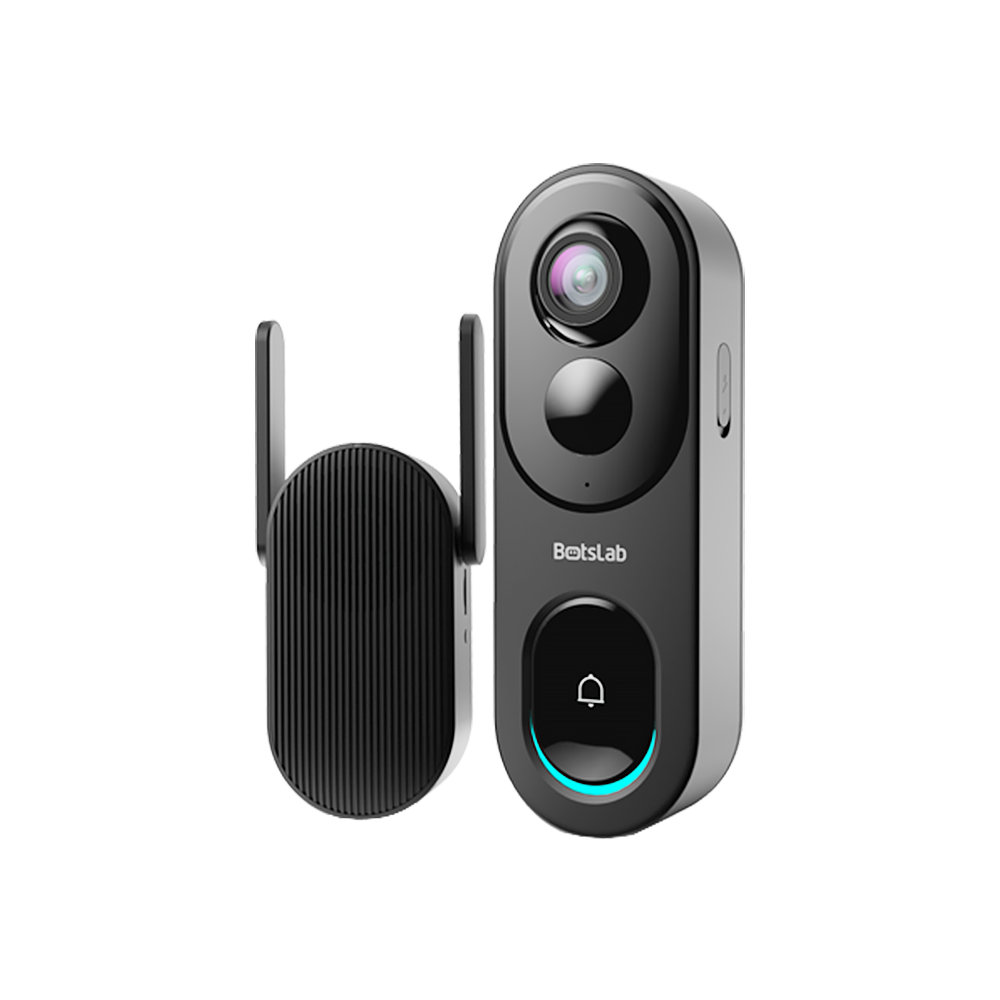
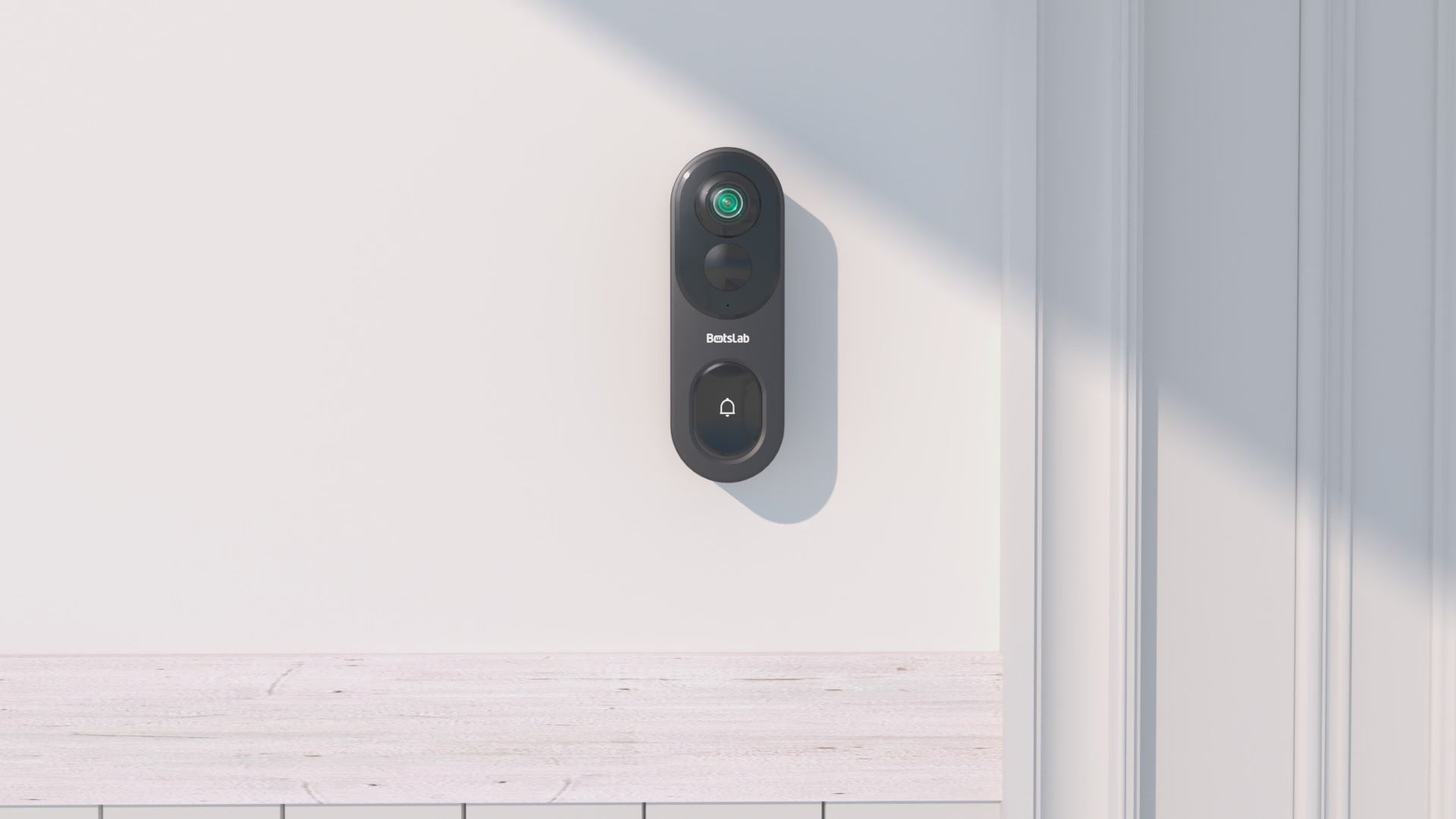
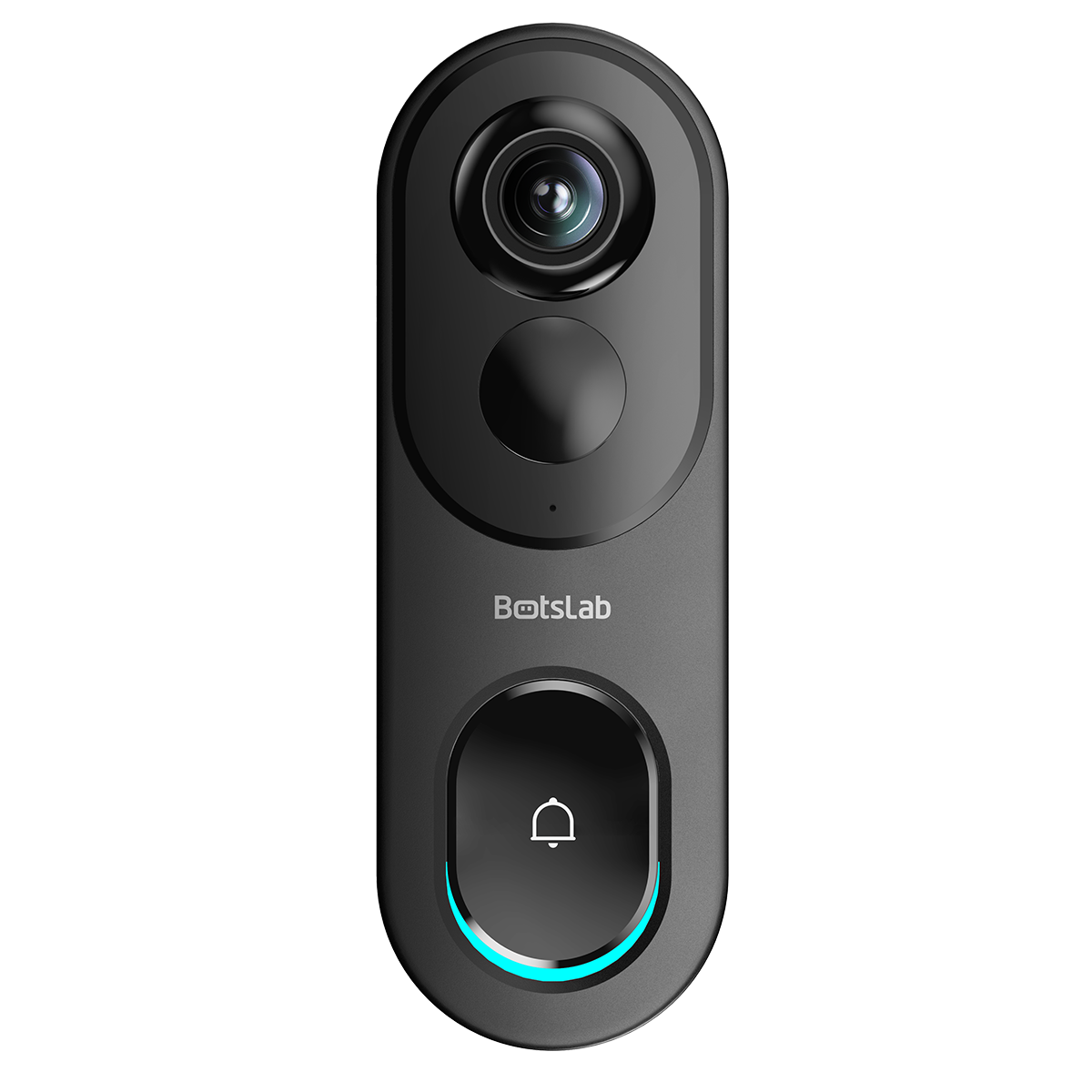

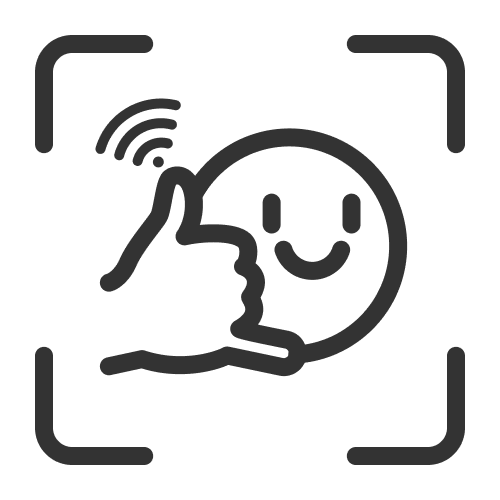

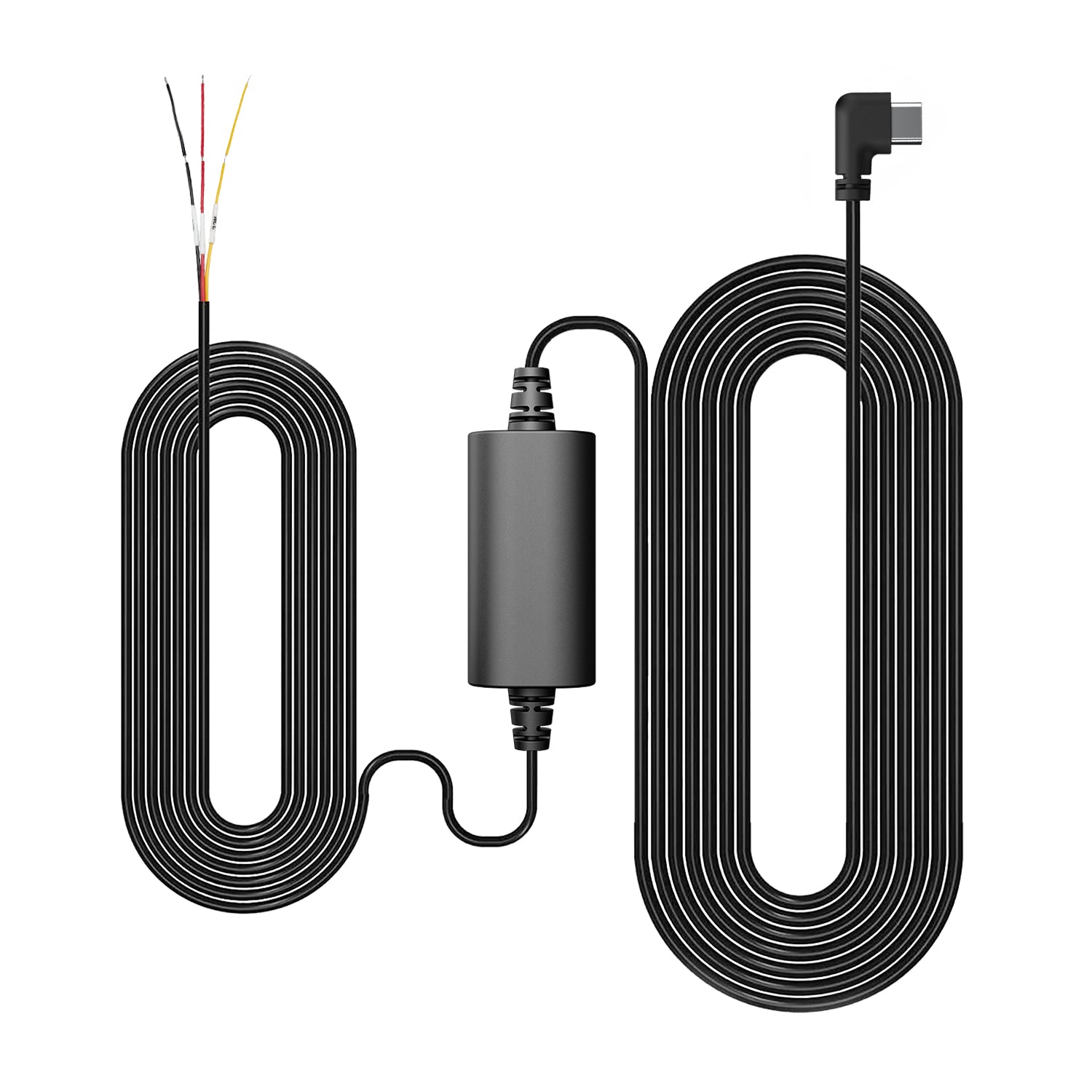
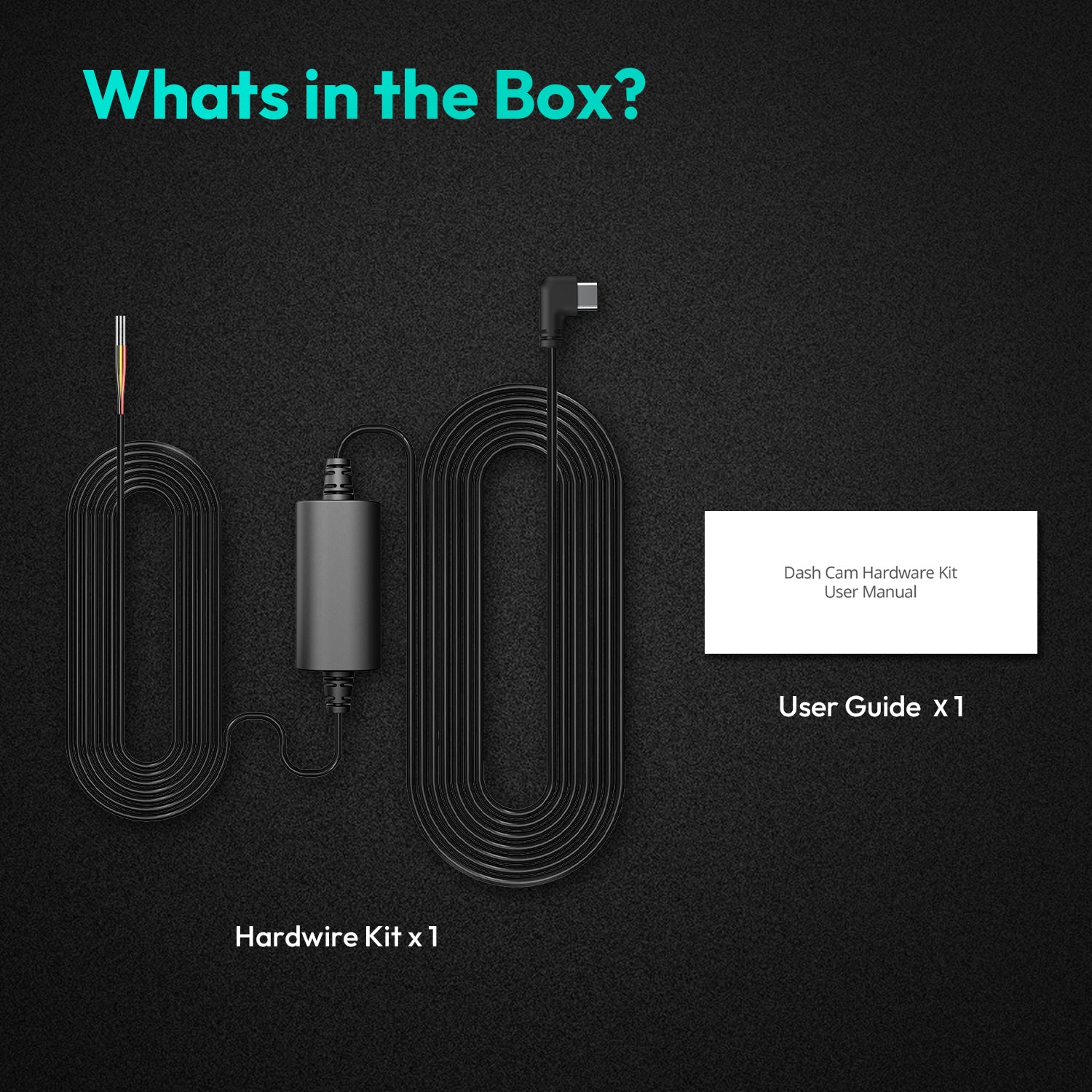
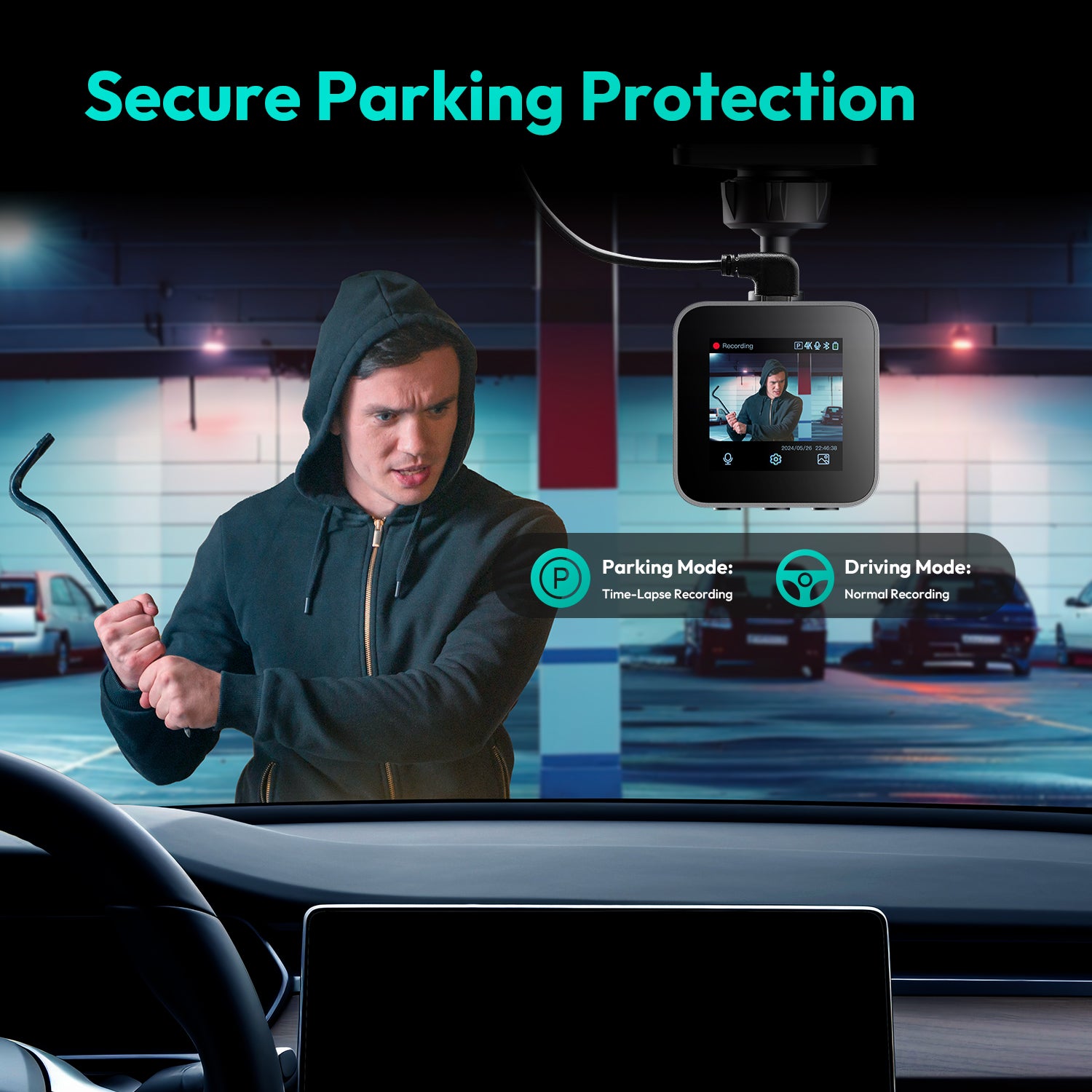
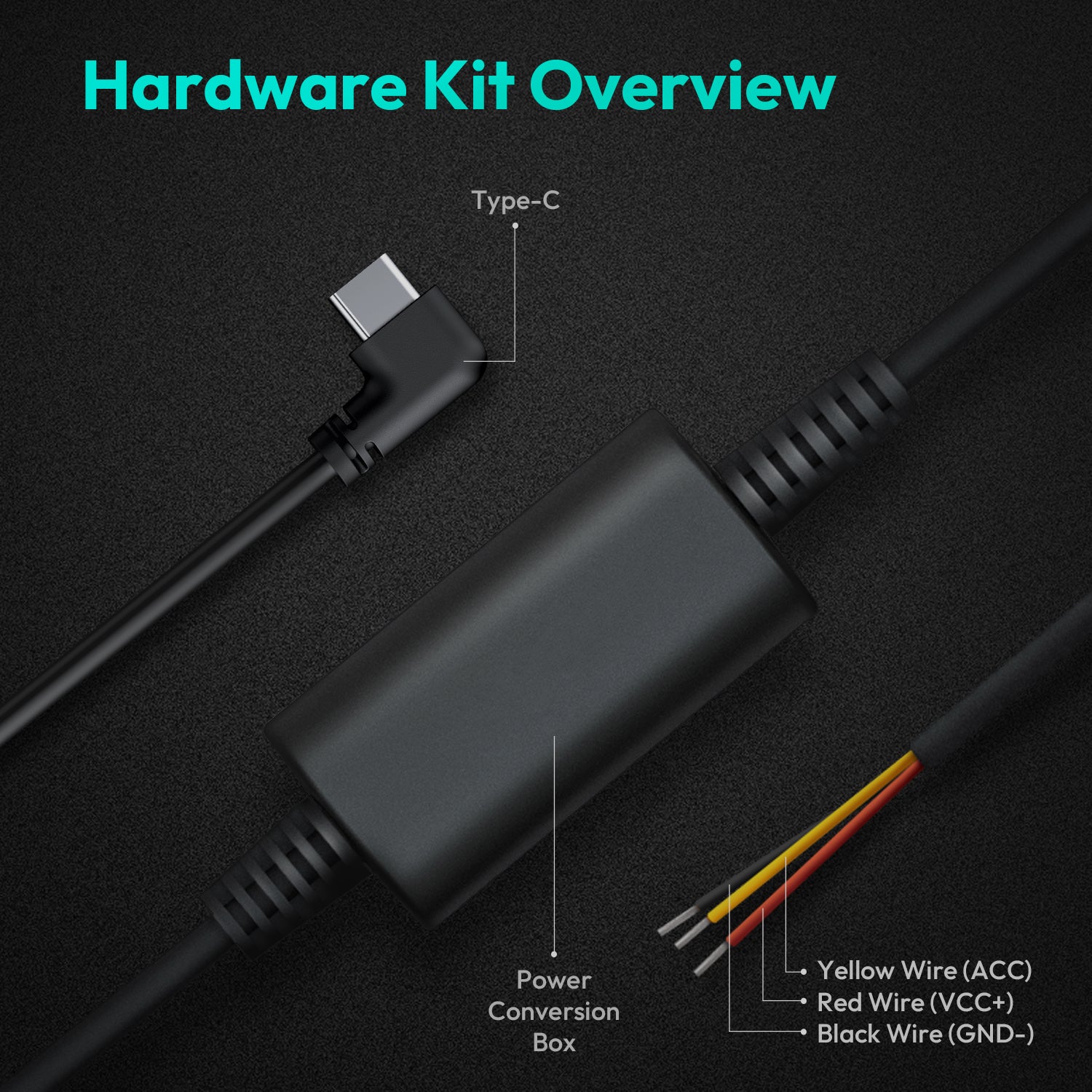
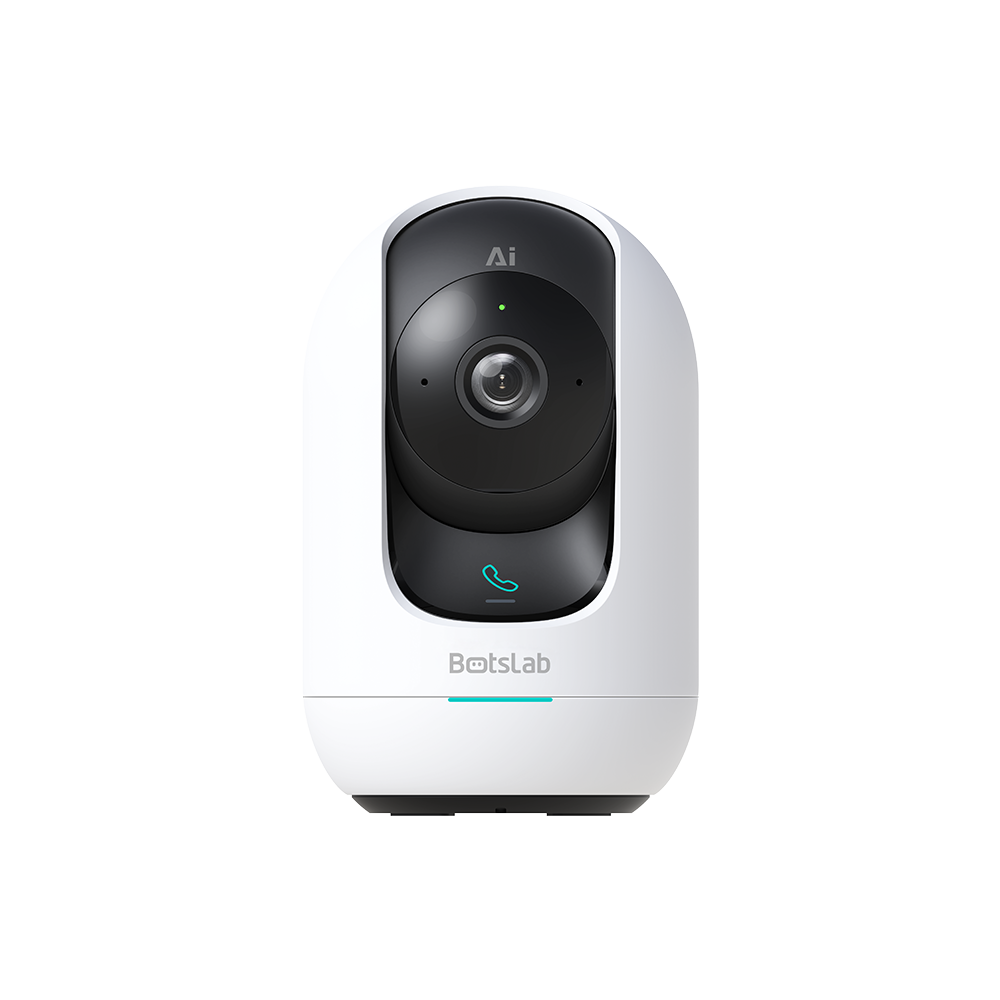
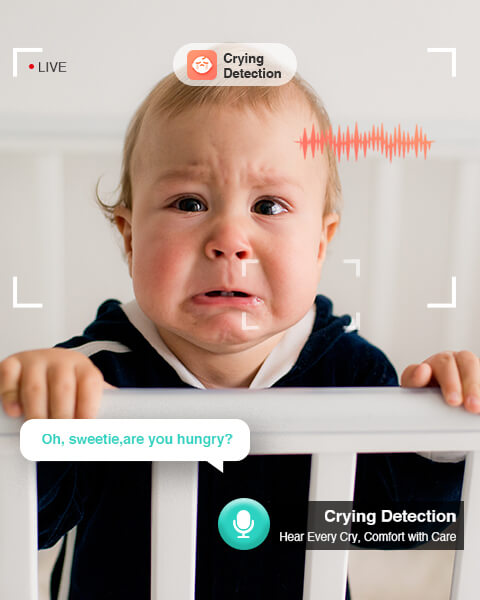
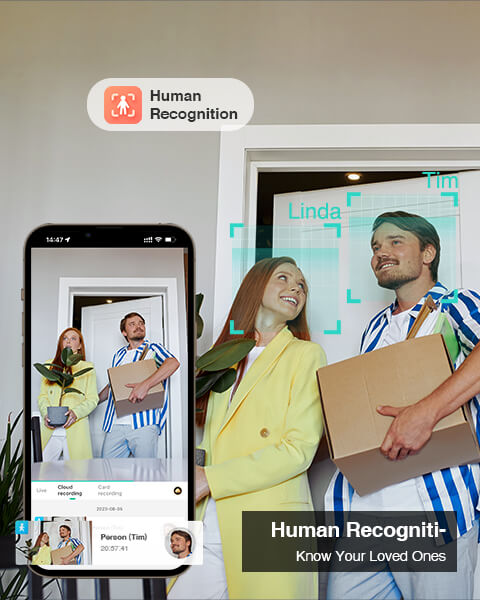
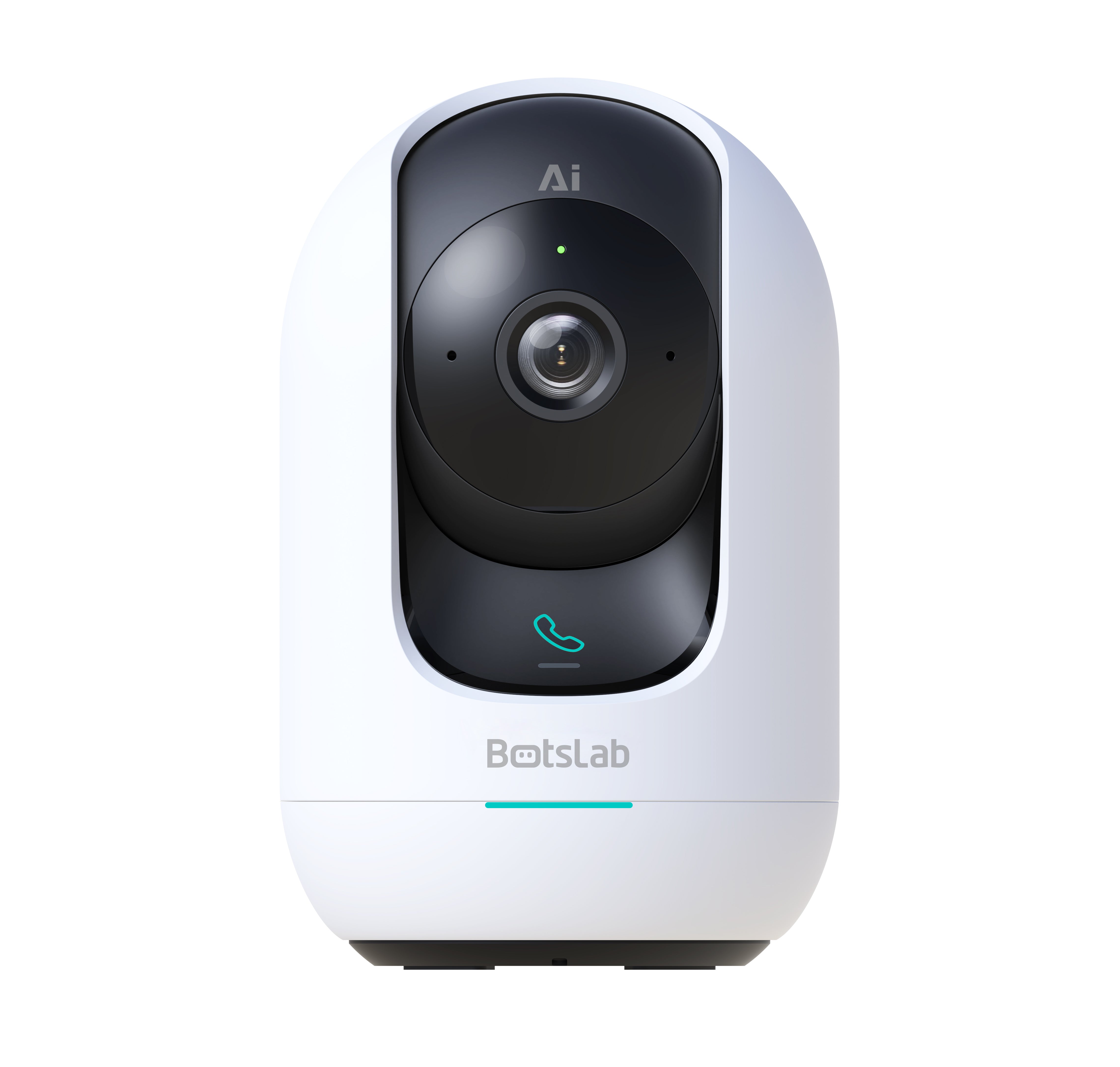

Share:
Best Home Security Cameras Compared by Features and Price
Top 10 Home Security Camera Systems for Ultimate Protection